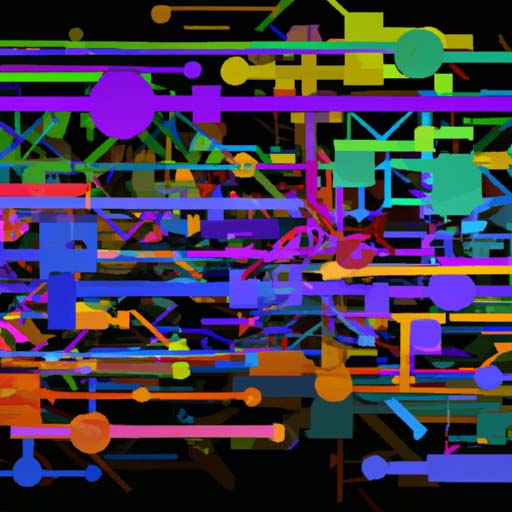TLDR:
- Recent advancements in peripheral nerve regeneration and soft tissue reconstruction are revolutionizing prosthetic technology.
- Innovations like innervated tissue constructs and customizable scaffolds are improving prosthetic functionality and feel.
In the world of prosthetics, recent advancements in peripheral nerve regeneration and soft tissue reconstruction are revolutionizing the field. One significant breakthrough is the development of innervated tissue constructs, which, when combined with artificial interfacing technologies, have the potential to vastly improve the functionality and feel of limb prostheses. These constructs facilitate control and sensation of limb prostheses, offering enhanced integration with upper and lower extremity prostheses. The result is improved control, a more realistic sensation, and potentially reduced post-amputation pain for prosthetic users.
Targeted reinnervation techniques and regenerative peripheral nerve interfaces represent significant advancements in providing volitional prosthetic control, somatosensory sensation, and pain reduction. These technologies enable bidirectional information transfer between the peripheral nervous system and external devices, greatly enhancing the potential for prosthetic embodiment and rehabilitation. Additionally, the creation of a customizable scaffold derived from the human amniotic membrane for vascular tissue regeneration, enhanced by silica nanoparticles, shows promising results in improving prosthetic functionality and longevity.
These advancements in peripheral nerve regeneration and soft tissue reconstruction offer hope for improved quality of life for amputees. The combination of innervated tissue constructs, artificial interfacing technologies, targeted reinnervation techniques, regenerative peripheral nerve interfaces, and customizable scaffolds is transforming the field of prosthetics, providing better control, realistic sensation, and reduced pain for prosthetic users.
